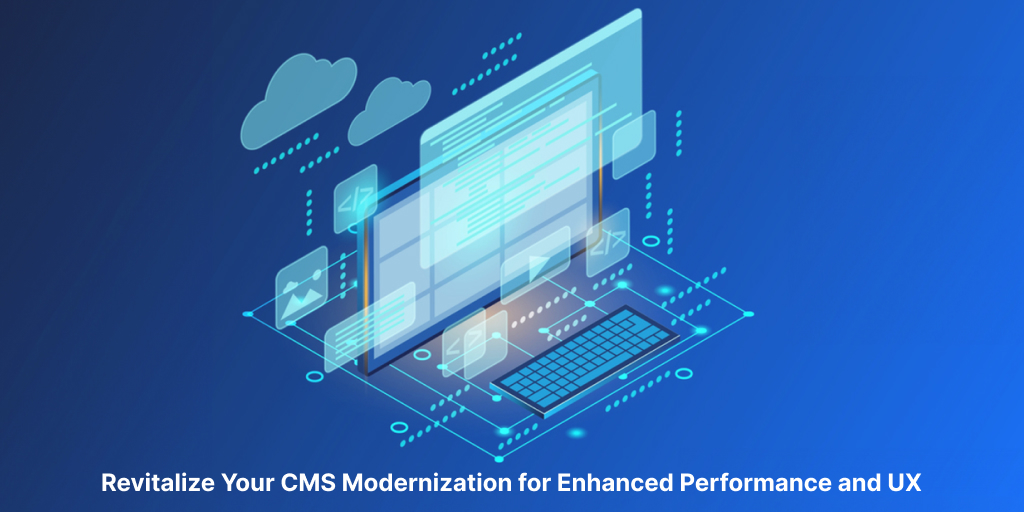In the rapidly evolving landscape of digital government services, the key to success lies in the seamless interaction between citizens and policymakers. At the heart of this interaction is content design, the critical bridge that ensures the technology created and supported meets the needs of the public. Blue Whale Apps, a pioneer in digital government services, employs a content-first design approach, emphasizing the significance of prioritizing human-centered content. This toolkit serves as a comprehensive guide to understanding and implementing the principles of content-first design in practice.
Defining Content-First Design:
Content-first design is a holistic approach where both content strategy and content design play a pivotal role in shaping a service’s user interface. The primary goal is to deliver straightforward messaging through various mediums such as text, charts, diagrams, graphics, videos, and calendars. By focusing on human-centered content from the outset, this approach ensures that the design meets the specific needs of the audience, fostering a purposeful and meaningful experience.
Key Principles of Content-First Design:

Understanding the “Why” and “How”: The success of content-first design hinges on analyzing the intent behind the content. By understanding why a message is crucial and determining how it can be communicated effectively, teams can uncover constraints, gaps, and enhance the overall user experience.
Measuring Success: The effectiveness of content-first design is measured by the audience’s comprehension and the actions they take based on the provided content. This approach supports meaningful interactions, providing clarity for users as they navigate through government products and services.
Content-First Design Methods:
Ask Questions: Open conversations with collaborators and subject matter experts early in the process. Questions should focus on how content aids users in navigating the product, desired actions, emotional responses, readability levels, and the key messages to be communicated.
Gather Content and Create a Site Map: Conduct a content audit to analyze and review all elements within the product or service. Develop artifacts such as content governance, consistency guidelines, voice and tone guidance, and information architecture to streamline the content design process.
Workshop Your Content: Conduct workshops to align the team around content-first thinking. Establish common goals, including consistently communicating reading levels, incorporating a content-first approach into work, exploring ways to make content easy to digest, and involving teams and government partners early in the process.
Define Problems: Clearly define problems through user need statements, outlining the audience, their needs, and the goal. Develop content strategy statements to set guardrails for the implementation team and align on the intended message.
Prioritize Your Content: Use prioritization grids to determine what information must be communicated to users, what adds bonus value, and what might be expected. Content prioritization ensures a focus on the core message throughout the design process.
Prototype with Words: Create a text prototype collaboratively with a designer and a content strategist. Use the user need statement, content strategy, and prioritization grid to inform the wireframe, ensuring a content-first approach to user interface design.
Work Collaboratively: Adopt pair design to enhance communication between designers and content strategists. This collaborative approach contributes to a content-first practice and builds a strong design culture within agile teams.
Set Standards: Ensure content is plain, simple, clear, and tailored to the audience. Explore alternative approaches beyond text when effective communication can be achieved through visuals or interactive tools.
Get Feedback: Solicit feedback early and often from subject matter experts, government partners, and stakeholders. The intent of content and its impact on the audience should be clear when sharing wireframes for review.
Implement Together: The effectiveness of content-first design is maximized when interdisciplinary perspectives, including engineers, product managers, and technical delivery managers, are involved in the implementation process.
Conclusion:
Revolutionizing public services through a content-first design approach is not just a methodology; it’s a commitment to delivering user-centric, purposeful, and impactful digital government services. By prioritizing human-centered content from the inception of a project, teams can create a seamless and meaningful experience for citizens, ensuring that the technology serves their needs effectively. This toolkit serves as a comprehensive guide to adopting and implementing content-first design principles, paving the way for a transformative approach to digital government services.






